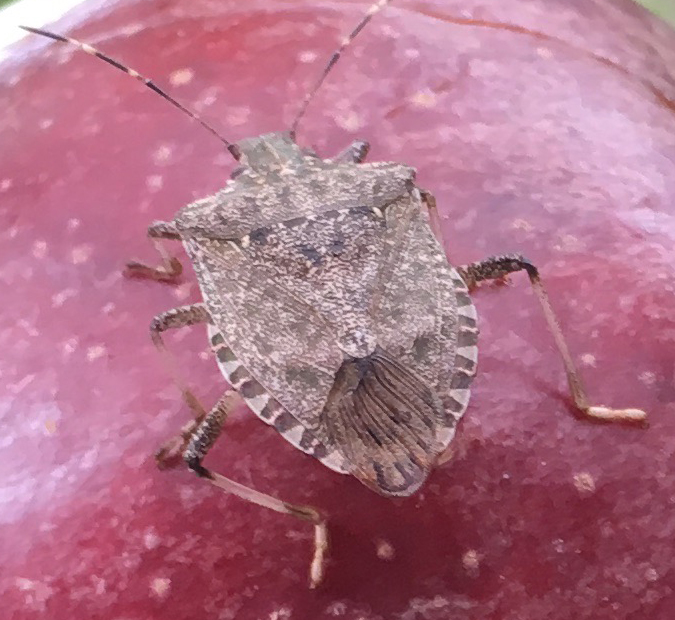Autumn is slowly closing the curtain on most fruit and vegetable production and their associated insect pests, which brings a collective sigh of relief from growers across the state. However, the spotted wing Drosophila (SWD) is one of those pests that is really poised for population explosion, especially in abandoned small fruit plantings that are no longer being treated with an insecticide, high tunnel strawberry crops, and even vineyards that have not been picked yet. For growers needing to treat in high tunnels, remember that Assail, Diazinon, Exirel, Radiant, and Delegate cannot be used in these structures.
Although there are only a handful of county sites still monitoring for SWD around the state (Franklin, Greene, Clark, Clinton, Warren, and Geauga), anywhere there is a baited trap hanging in a field, adult SWD flies are being caught. For example, in abandoned blackberry, red raspberry, and vineyard plantings that still have some fruit, individual trap catches this week ranged from 2 to 590 flies! So, despite it being the end of the season for most pests, if growers are still trying to harvest fruit to take to market, it is recommended that you keep up your spray schedule until harvest is complete.
Even after a hard frost, with temperatures rebounding into the 40’s, 50’s, and 60’s F during the day, some of these flies can escape being frozen to death and remain actively seek fruit to oviposit and damage.
Looking toward next year, research has shown that proper pruning to open up the canopy will allow better control of SWD when applying insecticides. Aggressive pruning will also allow for increased SWD control but at the expense of yield due to reduced canopy.










